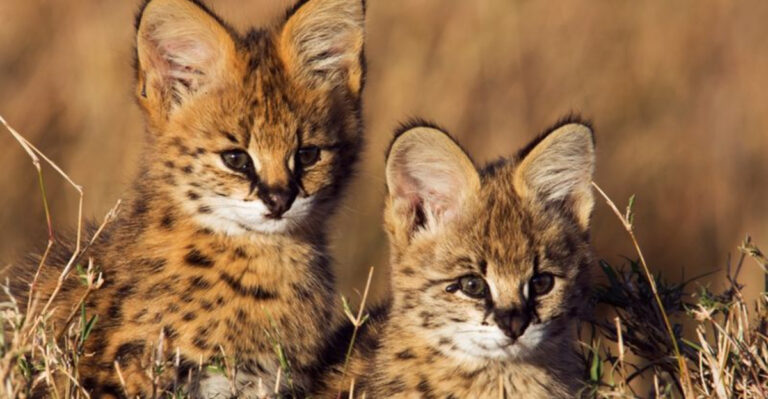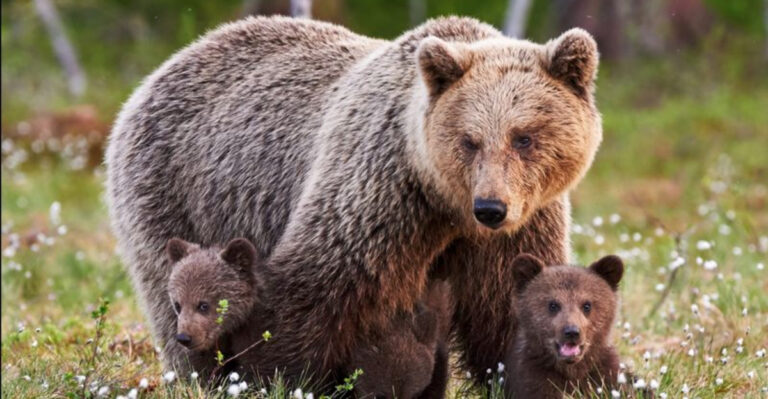16 Species That Can Actually Sense The Planet’s Magnetic Pull
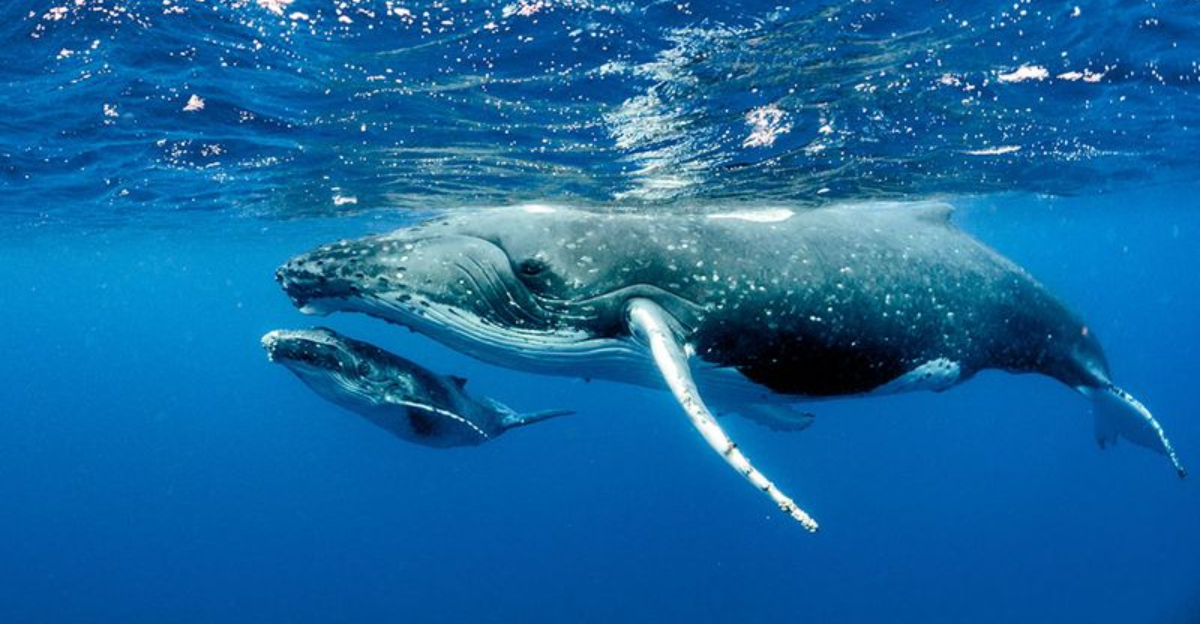
Have you ever wished you had a built-in GPS? Some animals do, thanks to their ability to sense the Earth’s magnetic field.
This incredible skill, called magnetoreception, guides them in migration, hunting, and even everyday navigation.
From the deep blue seas to the dense forests, let’s explore the fascinating creatures that navigate our world with this superpower.
1. Loggerhead Sea Turtle
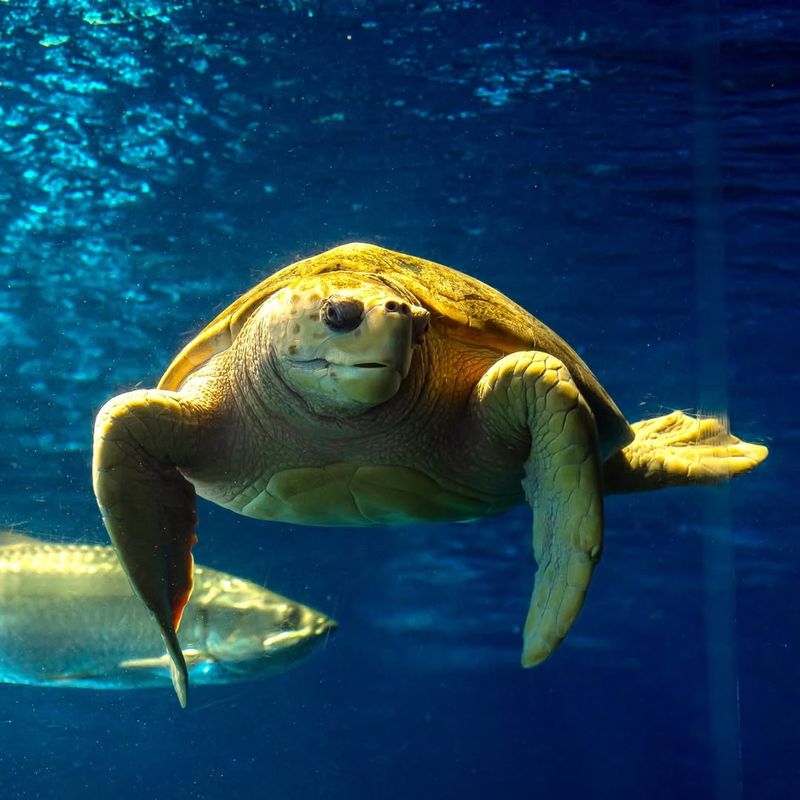
Imagine being able to voyage across vast oceans without a map or compass. Loggerhead sea turtles do just that, with an innate ability to sense Earth’s magnetic fields guiding them on their long migrations.
Each turtle hatches on a beach and later navigates back to the same spot to nest, using this magnetic sense. This innate GPS is crucial for their survival and reproduction.
Talk about returning to your roots! Their journeys span thousands of miles, a testament to their remarkable navigation skills.
2. European Robin
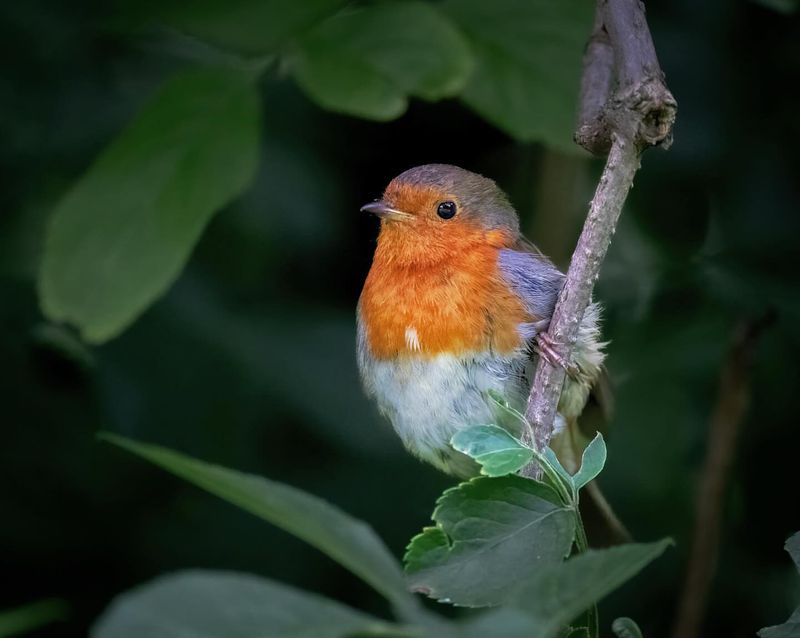
Ever envied a bird’s freedom to flit from here to there? European robins take it up a notch with their sixth sense: magnetoreception.
This tiny bird can detect the Earth’s magnetic field, helping it travel across continents during migration. Robins even use this sense to orient themselves in dense fog or at night.
It’s no wonder they’re such successful travelers! Their magnetic navigation is an extraordinary example of nature’s ingenuity in guiding these charming little birds.
3. Sockeye Salmon
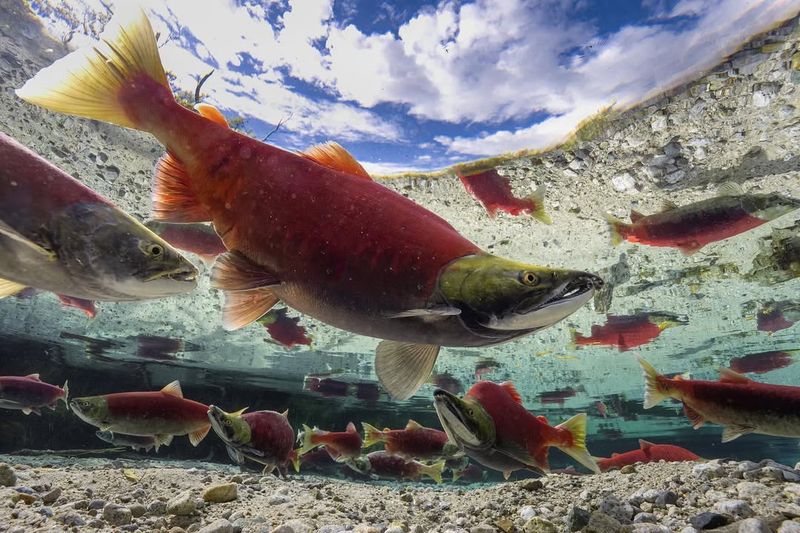
How do sockeye salmon find their way back to their birthplace after years at sea? Their secret is an internal compass!
These fish use Earth’s magnetic fields to navigate thousands of miles, from ocean to freshwater streams. It’s like having a homecoming beacon!
This magnetic sense is vital for their life cycle, leading them to the exact spot they were born to spawn. The salmon’s ability to find their way home is as mesmerizing as their shimmering scales.
4. Honeybee

Think honeybees only buzz around aimlessly? Think again! These busy insects have a knack for navigation, thanks to their ability to sense magnetic fields.
This skill helps them orient their hives and find their way back home. Given their small size, it feels like magic! Bees’ magnetoreception plays a critical role in their highly organized hive life.
The next time you enjoy honey, remember the incredible journey of these little navigators!
5. Pigeon
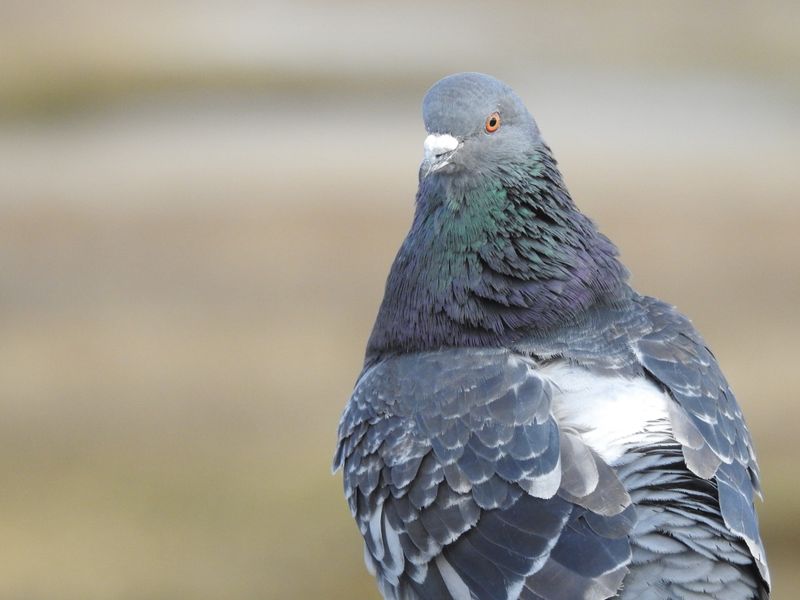
Pigeons might be city dwellers, but they’re also sky navigators. With a built-in compass, pigeons sense magnetic fields to find their way home, even from hundreds of miles away.
This homing ability makes them legendary messengers. Imagine sending a letter without Wi-Fi! Their magnetic sense is as much a part of them as their cooing.
Next time you see a pigeon, appreciate its hidden superpower!
6. Spiny Lobster
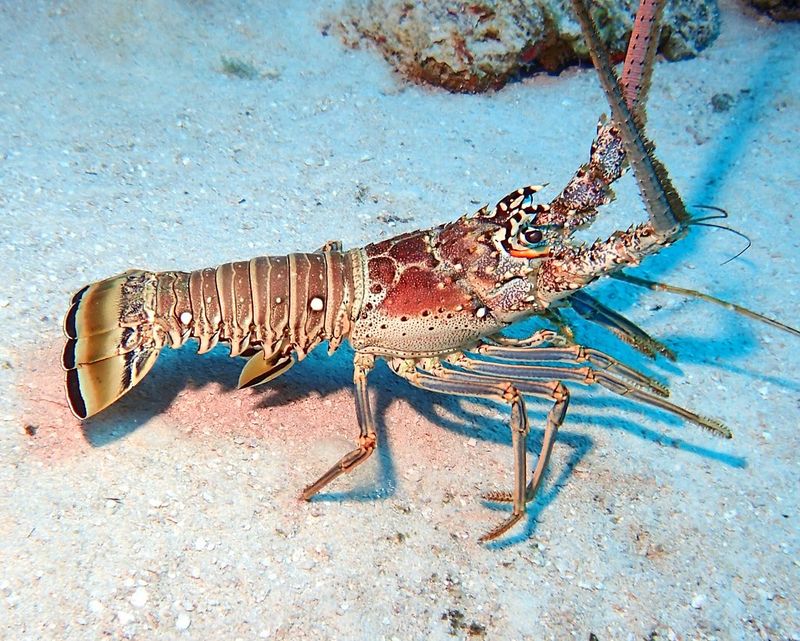
Navigating the ocean floor like a seasoned sailor, the spiny lobster uses the Earth’s magnetic fields to migrate. These nocturnal creatures rely on their magnetic sense to journey in synchronized groups.
Imagine a lobster parade! Their ability to find their way is a marvel of the underwater world. It’s like having a compass built right into their claws!
7. Bat
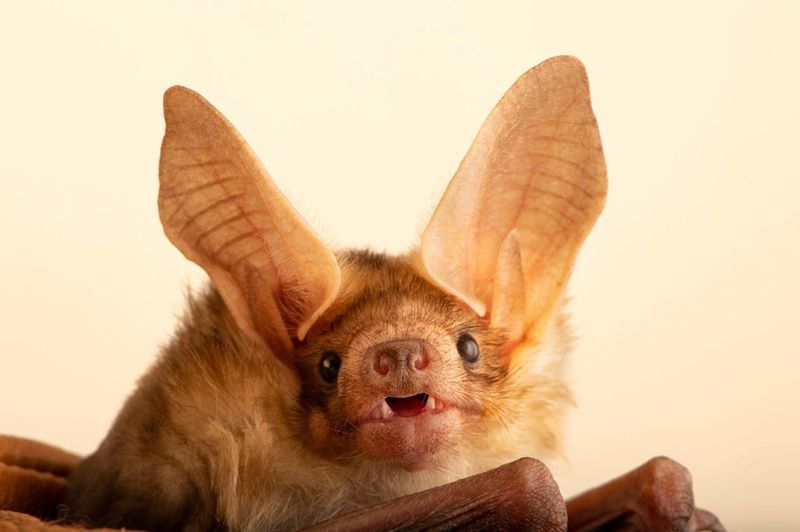
Bats aren’t just masters of the night sky with their echolocation. Some species also have a magnetic sense to guide them. Using Earth’s magnetic fields, they navigate long distances in the dark.
It’s like having a cosmic GPS while you fly! This incredible ability supports their nocturnal lifestyle, ensuring they return to roost safely.
8. Cownose Ray
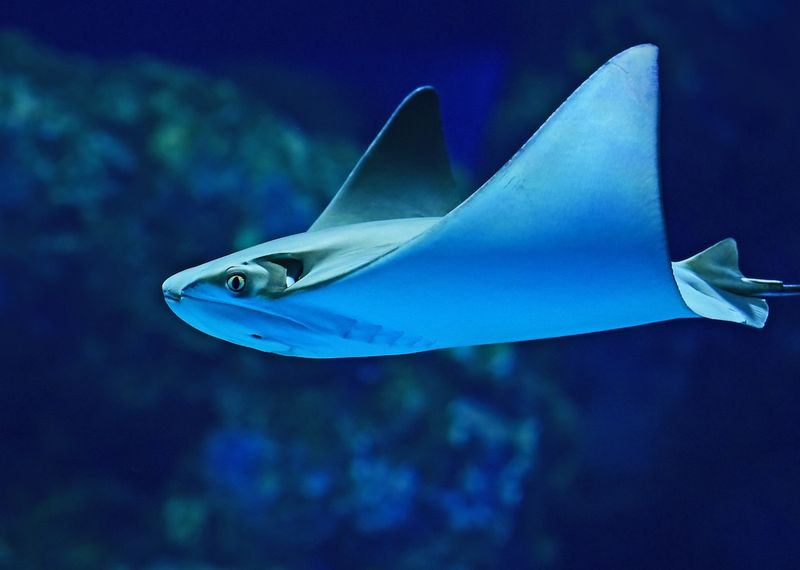
Gliding gracefully through the waters, cownose rays are known for their incredible navigation skills. But what guides them? It’s their sense of the Earth’s magnetic field.
This ability helps these rays migrate in large schools across vast ocean distances. Think of them as the travelers of the sea!
Their elegant movements are not just for show; it’s a guided dance directed by magnetism.
9. Rainbow Trout
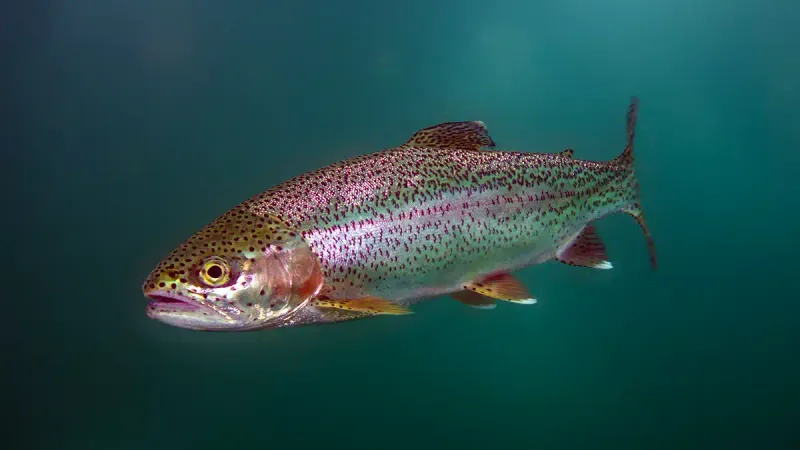
With a splash of colors, rainbow trout navigate rivers with more than just their fins. They have a magnetic sense that helps guide them to spawning grounds.
Imagine a fish with an internal map! This ability ensures they return to the same streams year after year. It’s a beautiful dance back to birthplaces, choreographed by the Earth itself.
10. Green Sea Turtle

Green sea turtles aren’t just pretty faces in the ocean; they’re also skilled navigators. Using Earth’s magnetic fields, these turtles travel across oceans with precision.
It’s like having a secret travel guide embedded in their shell! Their magnetic sense aids in their incredible migrations and ensures they find their way back to the same beaches to nest.
11. Monarch Butterfly

Monarch butterflies are famous for their epic migrations. What’s their secret? An ability to sense magnetic fields! This magical guidance system helps them travel thousands of miles to escape cold winters.
Imagine finding your way across a continent with just the sun and magnetism! Their bright wings carry them on a journey orchestrated by the Earth’s magnetic pull.
12. Wood Thrush

Wood thrushes are not just about their beautiful songs; they’re also top-notch navigators. These birds use the Earth’s magnetic field to guide their migrations across vast distances.
It’s as if they carry a little natural compass in their beaks! Their magnetic sense ensures they fly with precision, making their journeys as harmonious as their melodies.
13. Sharks
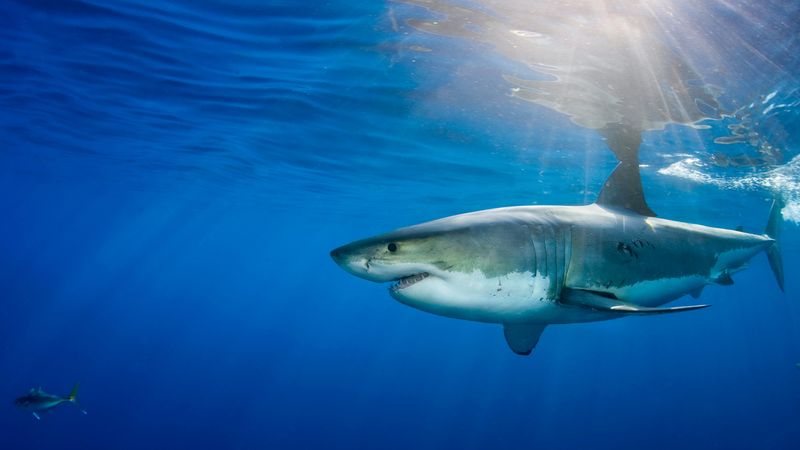
Sharks might rule the ocean’s depths, but they also possess a hidden talent: magnetoreception. This ability aids their navigation across vast seas, letting them detect magnetic fields like underwater maps.
It’s their secret weapon for traversing the ocean with ease. Sharks’ magnetic sense is a key to their survival, guiding their predatory path with precision.
14. Cattle

You might be surprised to know that cattle have a unique magnetic sense too! Observations show that cows often align themselves with the Earth’s magnetic fields while grazing.
It’s like they’ve got a secret alignment compass! This quirky behavior is a delightful example of magnetoreception in everyday animals.
15. Newts
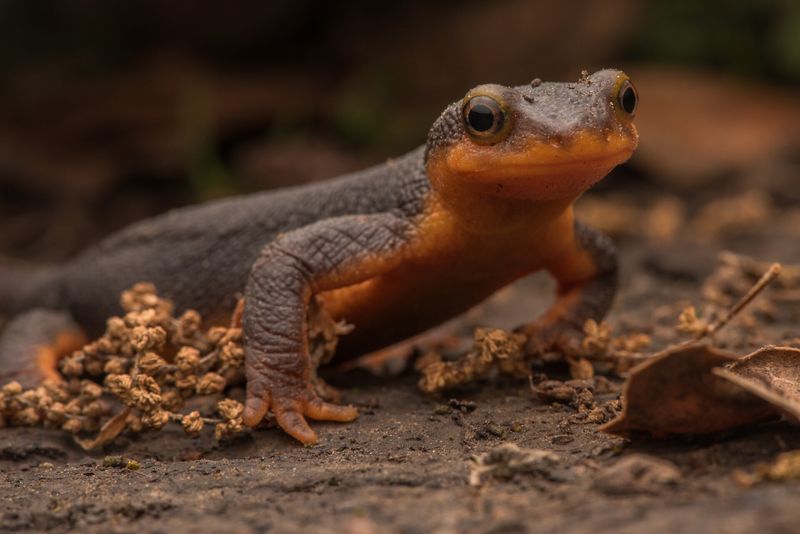
Newts may look unassuming, but they have a magnetic flair. These amphibians use Earth’s magnetic fields to navigate through their forest habitats.
Imagine having an invisible guide to lead the way! Their magnetic sense supports their survival, especially when moving between water and land.
16. Whales
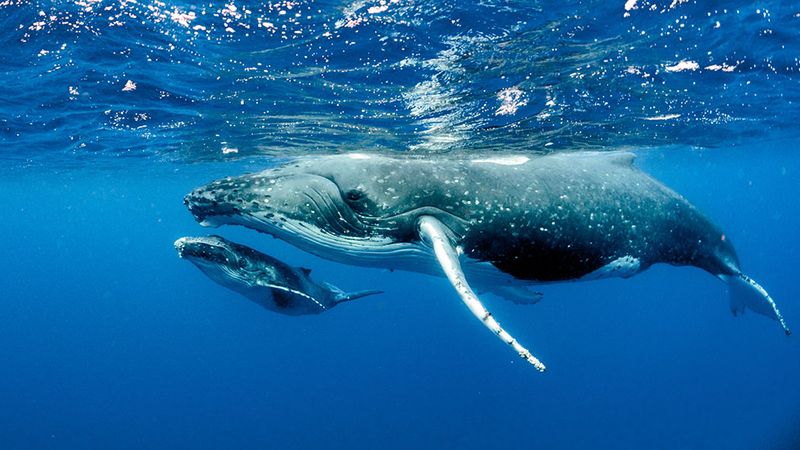
Whales embark on some of the longest migrations on Earth, guided by the magnetic fields. With this internal compass, they navigate oceans, following ancient paths.
It’s like nature’s navigation system embedded in their massive bodies. Whales’ magnetic sense makes them formidable travelers of the seas.


